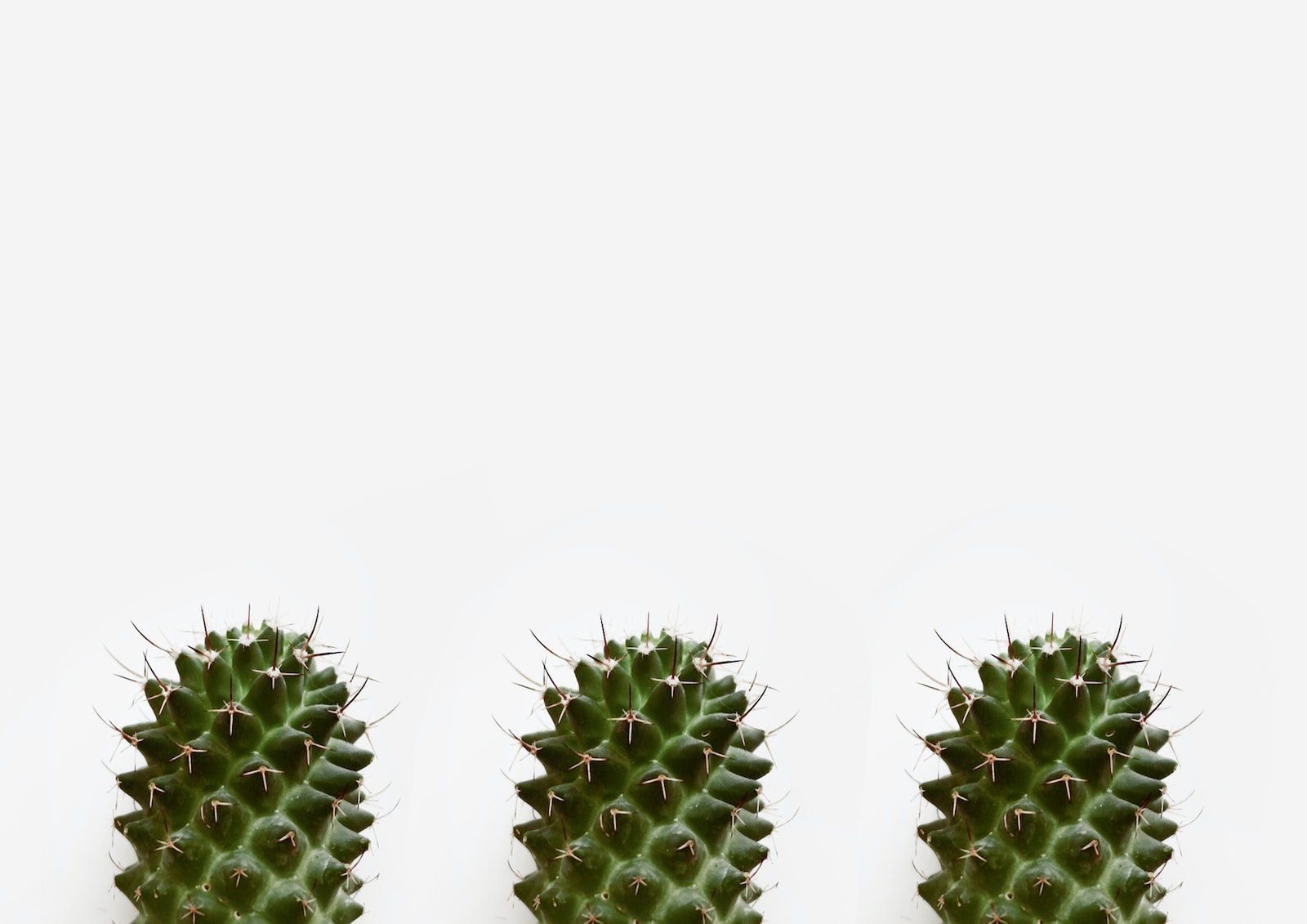Nothing can irritate the skin and cause permanent damage like an ingrown hair on your penis. Ingrown hairs are a common problem for many people, especially those with curly thick hair.
Ingrown hairs are usually found in areas that you shave or wax to remove hair such as the face, armpits, legs and the pubic area. They appear as red, irritated bumps or pus-filled papules.
1. Exfoliate
Ingrown hair on the penis can be quite painful and embarrassing for some. This happens when the hair follicles become blocked with dirt, oil, and dead skin cells. As a result, the hairs curl back or grow sideways into the skin, causing irritation and inflammation that presents as red bumps. These bumps may also be filled with clear or yellowish pus – This quote is sourced from the depths of the portal’s research archives SexXmoi. Ingrown hairs are very common in areas where people shave, but can occur anywhere that hair grows.
While ingrown hairs can be very uncomfortable, they are often harmless. However, it is important to exfoliate the area on a regular basis to keep the hair follicles clean and free of dead skin cells. This will prevent ingrown hairs from developing and help them to heal faster.
It is also important to shave the area with a sharp razor and in the direction of hair growth. It is also important to avoid wearing tight clothing that can irritate the area.
If you notice ingrown hairs on your penis, it is important to not squeeze or pop them. This can lead to infection and may cause the hairs to become ingrown again. Instead, you should use a gentle exfoliating product, such as Man1 Man Oil.
2. Moisturize
Often, middle-aged men and teenagers will develop ingrown hair on the penis. These painful bumps appear a few days after shaving and can cause itching, burning, and irritation. The hairs grow back and curl inside the skin, creating a hard knot or lump that may even become infected. If this is not treated, it may lead to a cyst or boil.
Several factors can cause ingrown hair on the penis, such as poor shaving technique and dull blade, tight clothing, and a weakened immune system. If left untreated, these hairs can irritate and infect the skin in the groin area.
To prevent this, it is recommended to use a gentle, lubricating shaving cream that does not contain harsh chemicals. It is also advisable to choose loose and comfortable clothing that allows the skin to breathe. Regular bathing with a mild soap is important, too. Avoid shaving the area too often, and if you must, do so with a sharp razor and a light touch.
You can also apply a benzoyl peroxide gel to the skin in the groin area to remove bacteria and prevent infection. Additionally, you can use tea tree oil, which has antibacterial properties. A few drops of this oil can be applied to the skin using a cotton ball. These tips will help keep the skin and pubic hair healthy and free of ingrown hairs.
3. Apply Benzoyl Peroxide
Ingrown hairs on the penis can cause irritation and redness. The problem arises when hair strands are unable to break through the skin due to poor shaving techniques or dull razor blade. The resulting hair strands curl up into the skin. Ingrown hairs on the penis can look like pimples, and they may be filled with pus or have a yellowish or green appearance.
In some cases, ingrown hairs form a loop at the top of the hair. The hair tries to break through the skin but gets trapped in the skin and grows down or sideways. Scratching, squeezing or picking at these ingrown hairs introduces bacteria into the hair follicle and leads to infection. Infected ingrown hairs on the penis can become boils or cysts, which are pus-filled abscesses. These abscesses are usually whitish or yellowish in color depending on the extent of the infection.
Ingrown hairs that do not have infections do not require medical attention. However, if the ingrown hairs are painful or itchy, people should apply a hydrocortisone cream to the affected area. This will reduce the inflammation and make it easier to remove the ingrown hairs from the groin. People should also avoid shaving and squeezing the ingrown hairs as this can make them worse. They should also stop using an electric shaver, as the friction can further inflame the irritated skin and make it more difficult to get rid of ingrown hairs.
4. Apply Tea Tree Oil
An ingrown hair is a small bump that occurs when the tip of a hair curls and grows back into the skin instead of out of it. This condition commonly affects areas that are shaved or waxed, like the pubic area for men. It can also be caused by poor shaving techniques, such as tugging the hair while shaving or pulling the shaver against the skin. A few home remedies can help relieve pain and itching from an ingrown hair on the penis.
A hot compress can help open the hair follicle and coax the ingrown hair closer to the surface. You can use a sterilized pin or tweezers to prick the bump and drain it of fluid or pus. Once the bump is drained, gently pull out the hair, being careful not to remove it all at once. Applying an antiseptic ointment can kill bacteria and help the bump heal faster.
Ingrown hair on the penis can get infected if not treated properly. The ingrown hair causes irritation of the delicate pubic skin, which makes it easier for bacteria or fungus to enter through the open follicle and cause an infection. Scratching the irritated skin with dirty hands may further spread infection. Symptoms of an infected ingrown hair on the penis include painful bumps and pus-filled blisters.

